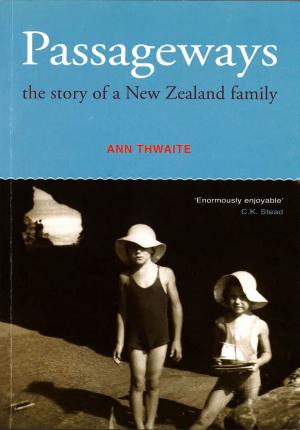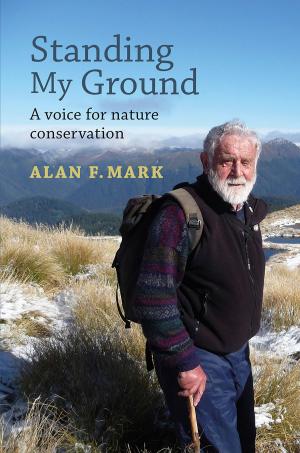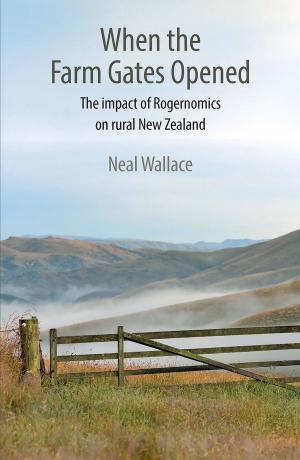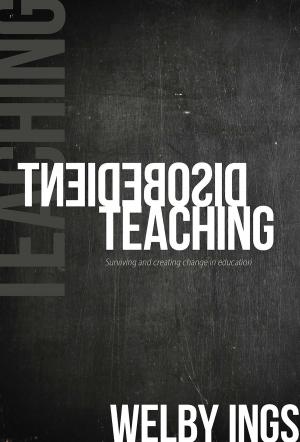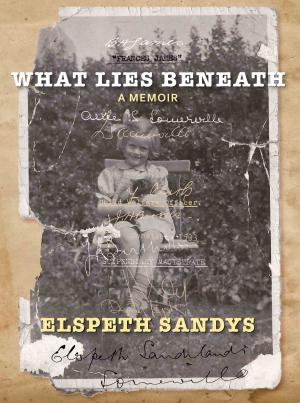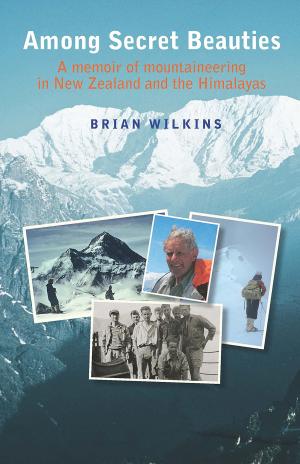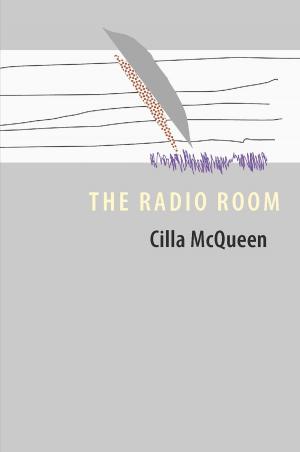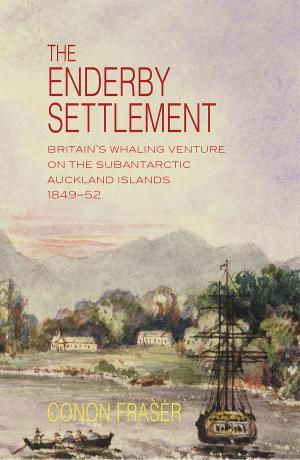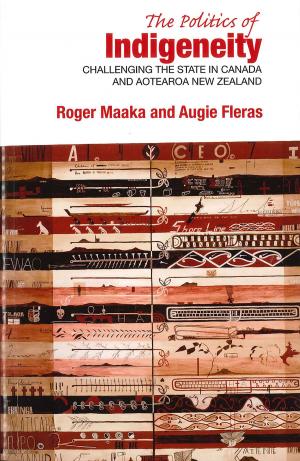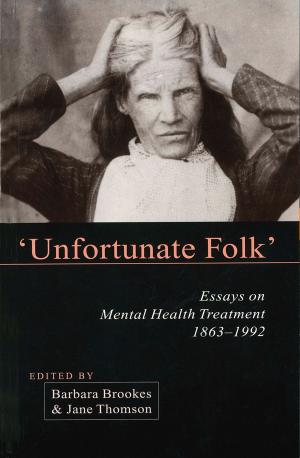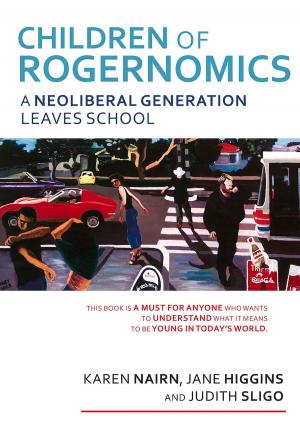I am five and I go to school
Early Years Schooling in New Zealand, 1900-2010
Nonfiction, Reference & Language, Education & Teaching, History| Author: | Helen May | ISBN: | 9781927322598 |
| Publisher: | Otago University Press | Publication: | March 1, 2016 |
| Imprint: | Otago University Press | Language: | English |
| Author: | Helen May |
| ISBN: | 9781927322598 |
| Publisher: | Otago University Press |
| Publication: | March 1, 2016 |
| Imprint: | Otago University Press |
| Language: | English |
The twentieth century was a time of great change in early years education. As the century opened, the use of Froebel's kindergarten methods infiltrated more infant classrooms. The emergence of psychology as a discipline, and especially its work on child development, was beginning to influence thinking about how infants learn through play. While there were many teachers who maintained Victorian approaches in their classrooms, some others experimented, were widely read and a few even travelled to the US and Europe and brought new ideas home. As well, there was increasing political support for new approaches to the "new education" ideas at the turn of the century. All was not plain sailing, however, and this book charts both the progress made and the obstacles overcome in the course of the century, as the nation battled its way through world wars and depressions. It's an interesting story as the author discusses changes in school buildings, teaching practice and teacher education, the teaching of reading and other curriculum areas, Maori education and the emergence of kohanga reo and the teaching of Maori language in primary schools. Along the way we meet a range of individuals, including C.E. Beeby, Sylvia Ashton-Warner, Gwen Somerset, Don Holdaway, Elwyn Richardson, Marie Bell and Marie Clay and the many less well-known but significant people who worked in or influenced early years education. We also meet many well-known New Zealanders who have recounted their first days at school. This is a fascinating account of a rich history that has involved us all. And yes, school milk gets a mention.
The twentieth century was a time of great change in early years education. As the century opened, the use of Froebel's kindergarten methods infiltrated more infant classrooms. The emergence of psychology as a discipline, and especially its work on child development, was beginning to influence thinking about how infants learn through play. While there were many teachers who maintained Victorian approaches in their classrooms, some others experimented, were widely read and a few even travelled to the US and Europe and brought new ideas home. As well, there was increasing political support for new approaches to the "new education" ideas at the turn of the century. All was not plain sailing, however, and this book charts both the progress made and the obstacles overcome in the course of the century, as the nation battled its way through world wars and depressions. It's an interesting story as the author discusses changes in school buildings, teaching practice and teacher education, the teaching of reading and other curriculum areas, Maori education and the emergence of kohanga reo and the teaching of Maori language in primary schools. Along the way we meet a range of individuals, including C.E. Beeby, Sylvia Ashton-Warner, Gwen Somerset, Don Holdaway, Elwyn Richardson, Marie Bell and Marie Clay and the many less well-known but significant people who worked in or influenced early years education. We also meet many well-known New Zealanders who have recounted their first days at school. This is a fascinating account of a rich history that has involved us all. And yes, school milk gets a mention.

